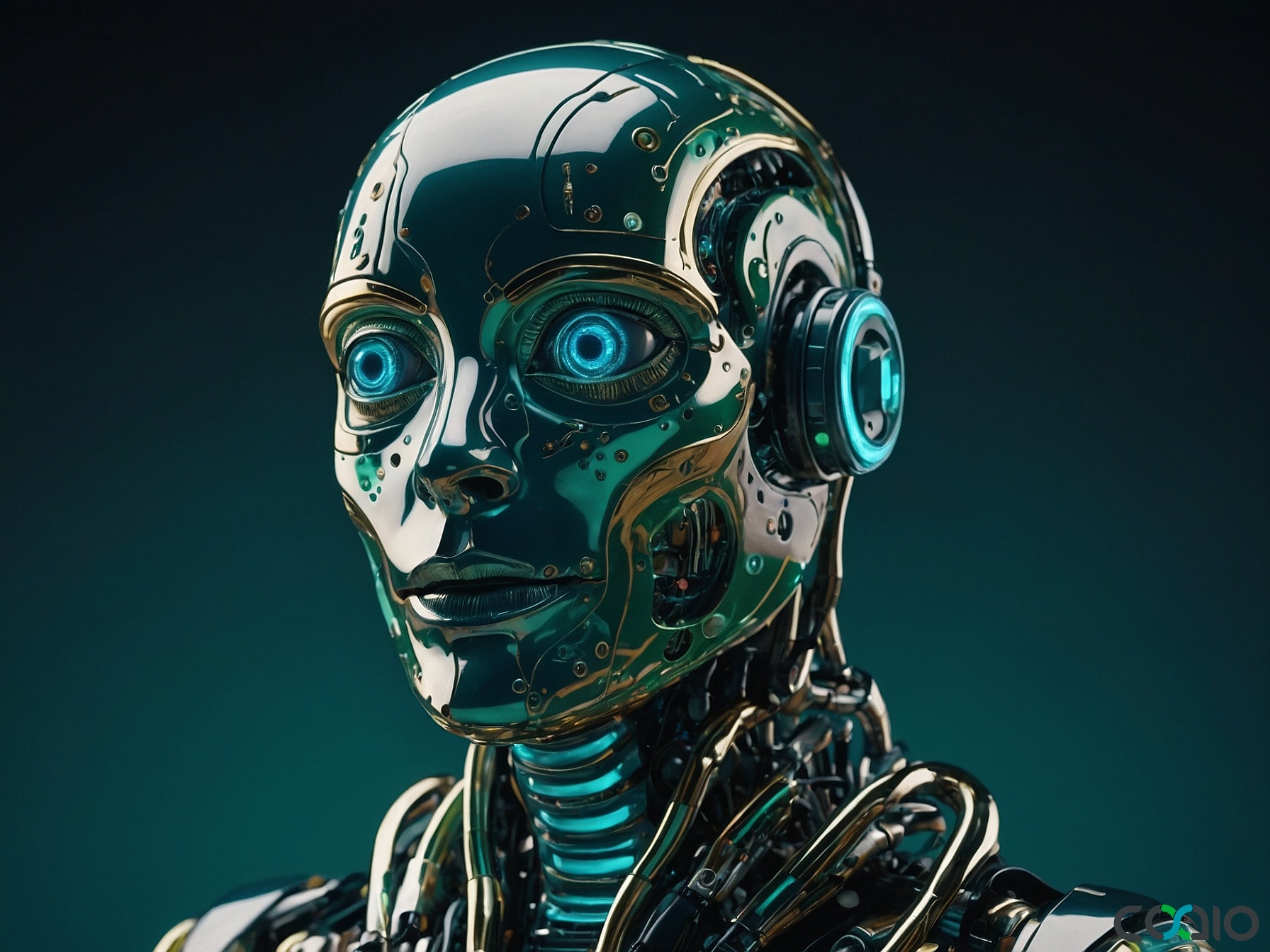
Latest Software Development Buzz: From iOS 19 Rumors to Innovation Hurdles in 2025
In the ever-evolving world of technology, software development continues to drive innovation, shaping how we interact with devices, manage scientific endeavors, and even revisit nostalgic hardware. As of June 5, 2025, recent headlines highlight a mix of excitement, challenges, and forward-thinking ideas that could redefine the industry. This article dives into the latest news, exploring everything from Apple’s upcoming iOS 19 to broader implications for global tech policy and scientific progress. With software at the heart of these developments, let’s unpack the stories that are capturing attention today.
The Nostalgic Revival: 3D Printing and Software’s Role in Hardware Innovation
One of the more intriguing stories making rounds is the return of a classic Apple aesthetic through modern 3D printing technology. A dedicated Mac enthusiast has recreated the iconic beige-gray “Platinum” plastic color from 1980s Apple computers, turning it into a 3D-printer filament available for everyone. This project, which cost the fan $900 in color-matching efforts, symbolizes how software tools are bridging the gap between vintage design and contemporary manufacturing as detailed in Ars Technica.
At its core, this initiative underscores the symbiotic relationship between software and hardware. 3D printing software, such as slicers and CAD programs, plays a pivotal role in translating digital designs into physical objects. Developers are increasingly using advanced algorithms to ensure precise color matching and material properties, making it easier for hobbyists and professionals alike to experiment with custom hardware. This trend highlights the growing demand for user-friendly software tools that democratize creation, allowing even non-experts to prototype ideas quickly.
The broader impact on software development is evident in how these tools evolve. For instance, open-source platforms like Blender or Fusion 360 rely on community-driven updates to handle complex rendering and simulation tasks. As 3D printing becomes more accessible, software developers are focusing on enhancing compatibility with emerging materials, which could lead to new applications in fields like education and custom electronics. This revival of old-school Apple charm isn’t just about aesthetics; it’s a reminder of how software innovation keeps legacy ideas alive in a digital age.
Struggles in US Science Funding: How Budget Woes Affect Software Development
Shifting gears, the tech world is grappling with significant challenges in scientific research, as highlighted by recent reports on the state of US science. An article from Ars Technica reveals that US science is facing an extreme budget crisis, with leadership seemingly out of touch with the severity of the situation as reported here. The National Academies hosted an event that overlooked these financial strains, raising questions about the future of innovation in software-dependent fields.
Software development is intrinsically linked to scientific progress, powering everything from data analysis tools to simulation software used in research labs. With budgets tightening, projects that rely on cutting-edge coding for AI-driven experiments or climate modeling could stall. For example, developers working on scientific software often depend on government grants to integrate machine learning frameworks that process vast datasets. If funding continues to dwindle, we might see a slowdown in the creation of open-source tools like Python libraries for scientific computing, which have been instrumental in advancing fields such as bioinformatics and physics.
This situation also emphasizes the need for efficient software development practices. In a resource-scarce environment, teams must prioritize cost-effective solutions that deliver high-quality results without excessive expenditure. The ripple effects could extend to private sectors, where startups might hesitate to invest in R&D if public funding models falter. As software developers navigate these uncertainties, the focus is shifting towards agile methodologies that maximize output with minimal waste, ensuring that innovation doesn’t grind to a halt amid fiscal challenges.
Visionary Leadership and Space Tech: Implications for Software in Exploration
In the realm of space technology, a poignant commentary from Jared Isaacman underscores the loss of forward-thinking leadership at NASA. Isaacman’s remarks, drawing parallels between post-World War II advancements and today’s stagnation, paint a picture of missed opportunities as covered by Ars Technica. He references the rapid progression from the atomic bomb in 1945 to the development of the USS Nautilus submarine in 1951, urging a similar urgency in modern space endeavors.
Software is the backbone of space exploration, from mission control systems to autonomous spacecraft navigation. Without visionary leaders, the development of sophisticated software for missions like Mars rovers or satellite networks could suffer. Developers are already tasked with creating resilient code that withstands the harsh conditions of space, incorporating real-time data processing and AI for decision-making. Isaacman’s critique highlights how bureaucratic delays might hinder the adoption of emerging technologies, such as quantum computing interfaces for orbital simulations.
This narrative ties into the global software development landscape, where collaboration between public and private entities is crucial. For instance, companies building software for space tech must navigate complex integration challenges, ensuring compatibility with international standards. As the industry evolves, developers are innovating with cloud-based platforms that allow for remote testing and deployment, potentially accelerating projects despite leadership gaps. The key takeaway is that software’s role in space tech isn’t just technical—it’s about fostering a culture of rapid iteration and bold ideas.
iOS 19 Rumors: A Potential Game-Changer in Mobile Software Development
Arguably the most exciting news for software developers is the buzz around Apple’s iOS 19, set to be unveiled at WWDC 2025. Rumors suggest a complete overhaul, including a possible new name, a design inspired by the Vision Pro headset, and innovative features that could redefine user experiences as rounded up by TechCrunch. From enhanced augmented reality integrations to improved privacy controls, iOS 19 is poised to push the boundaries of mobile software.
For developers, this means adapting to new frameworks and tools. If the rumors hold true, the operating system could introduce advanced APIs for spatial computing, allowing apps to blend virtual and real-world elements seamlessly. This evolution would require expertise in Swift and other Apple ecosystems, where developers optimize code for performance and battery efficiency. Startups and growth-stage firms might find opportunities in creating apps that leverage these features, such as immersive educational tools or health monitoring systems.
The potential changes also highlight the importance of user-friendly designs in software development. With Apple’s focus on intuitive interfaces, developers will need to prioritize accessibility and cross-device compatibility. This is where efficient project management and risk identification become vital, ensuring that new software aligns with Apple’s stringent guidelines. As the mobile landscape heats up, these updates could inspire a wave of innovation, making it an exciting time for anyone in the field.
Regulatory Shifts: FCC Resignations and Their Impact on Tech Policy
Finally, the tech policy arena is in flux following the resignation of two FCC commissioners, including Republican Nathan Simington and Democrat Geoffrey Starks as reported by Ars Technica. This leaves the agency with only two members, potentially stalling decisions on key issues like broadband access and data privacy—areas directly tied to software development.
Software developers often operate in a regulatory gray area, where policies dictate everything from app store rules to data encryption standards. With the FCC’s composition in limbo, there could be delays in addressing emerging challenges, such as AI ethics or cybersecurity frameworks. This uncertainty might prompt developers to adopt proactive measures, like building compliant software architectures that anticipate regulatory changes.
In a broader sense, these shifts could influence global software practices, encouraging international collaboration to fill policy gaps. Developers might turn to robust project management tools to navigate compliance, ensuring their work remains adaptable amid political changes.
As we wrap up this exploration of today’s tech news, imagine a world where innovative ideas flourish without the burden of unnecessary hurdles—a vision that echoes the spirit of turning bold concepts into reality. Picture founders channeling their energy into groundbreaking software, much like the enthusiasts recreating classic tech or developers pushing iOS boundaries, all while minimizing risks and maximizing efficiency. This is the essence of a transformative approach, where every line of code brings us closer to that ideal.
About Coaio
Coaio is a Hong Kong-based tech firm that specializes in outsourcing software development and building expert teams in Vietnam. By offering services like business analysis, competitor research, risk identification, design, development, and project management, Coaio delivers cost-effective, high-quality software solutions tailored for startups and growth-stage companies in the US and Hong Kong markets. Whether you’re navigating iOS updates or tackling innovation challenges, Coaio can help streamline your development process, allowing you to focus on your core vision with minimal hassle and maximum results.
 Français
Français
 Español
Español
 廣東話
廣東話
 中文
中文
 日本語
日本語
 한국어
한국어
 العربية
العربية
 Deutsch
Deutsch
 English
English
